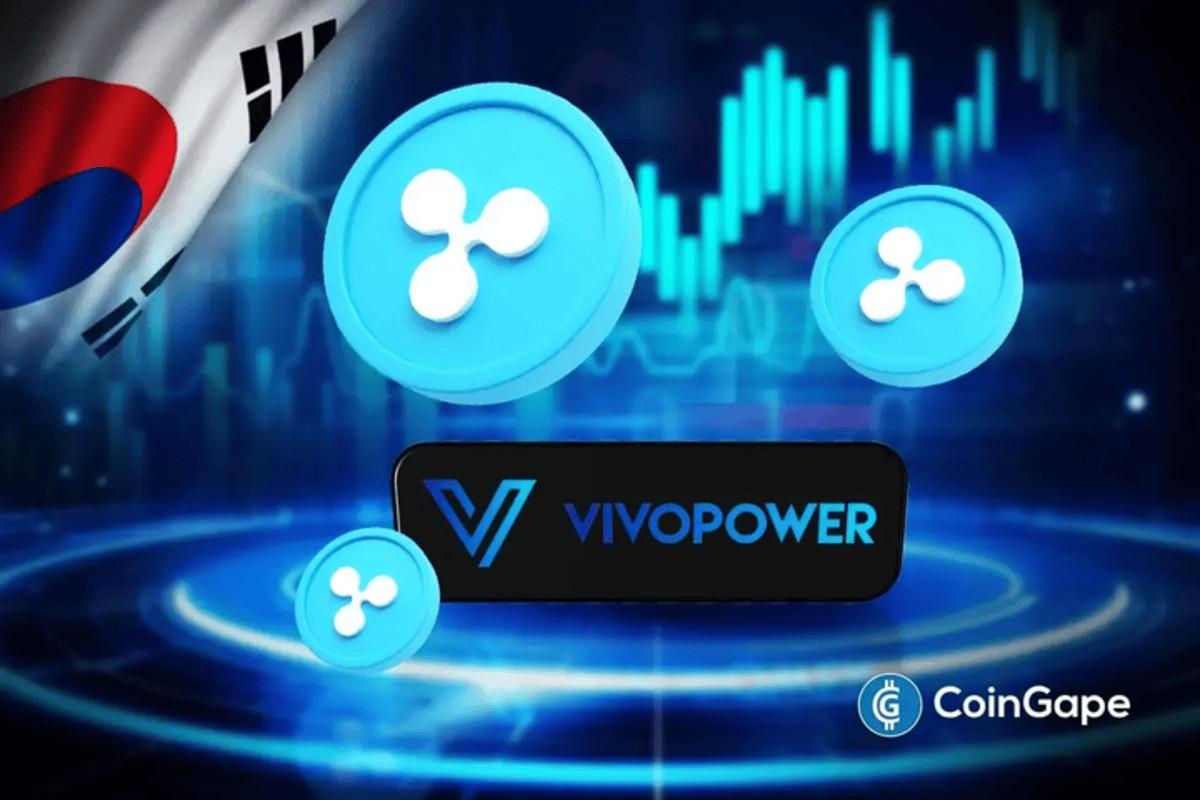Just In: Vitalik Reveals Major Challenge Facing Ethereum

Speaking at the Korea Blockchain Week, Ethereum co-founder Vitalik Buterin called out node centralization as a significant hurdle for the Ethereum network. Currently, most Ethereum nodes run on centralized web services like Amazon. This reality, experts warn, creates a single point of failure, posing significant risks to Ethereum’s promise of decentralization.
Role of Statelessness and Future Solutions
Significantly, Buterin highlighted that among the six issues Ethereum needs to tackle, node centralization stands out as the most critical. He underscored the importance of statelessness in addressing this issue.
“Stateless clients will allow users to run a node without hundreds of gigabytes of data, perhaps even on the phone,” Buterin noted.
However, he cautioned that fully resolving this issue could span over a decade or possibly even 20 years. Besides highlighting the node issue, Buterin also discussed other pivotal aspects that can contribute to Ethereum’s decentralization. Lowering barriers to distributed staking, better documentation, and bolstering the security of staking were on his list.
Scalability and Security
Additionally, he stressed that the most pressing and time-sensitive concern for Ethereum is achieving greater scalability. In this context, zero-knowledge (ZK) rollups received an honorable mention as a technology promising enhanced scalability.
While Ethereum is taking steps toward reducing its dependence on centralized nodes, complete decentralization is a long-term goal. Moreover, this reliance on centralized services like Amazon Web Services sets the stage for complex technical challenges that Ethereum must overcome. Hence, even as scalability remains a hot topic within the Ethereum community, centralization issues, primarily via node operation, continue to garner attention.
Vitalik’s statements offer a nuanced look at the path ahead for Ethereum, acknowledging that the journey to decentralization is fraught with technical complexities. While interim solutions like stateless clients offer promise, a complete fix may still be years, if not decades, away. Therefore, as the Ethereum community grapples with these issues, the timeline for a fully decentralized network remains to be determined but is decidedly a work in progress.
- Crypto Traders Increase Bets on Kevin Warsh After Trump Names Top Two Fed Chair Candidates
- This Top CNBC Trader Says He’ll “Never” Invest in XRP Despite Wall Street Adoption
- ‘Dead Like Kodak’: Software Engineer Slams SWIFT’s 5-Year Delay on Blockchain Plans
- Ripple Attracts $300M Institutional Bet as VivoPower Launches Korean Investment Vehicle
- Crypto Eyes Entry into Traditional Sports as Tether Bids $1B for Juventus FC
- Expert Predicts Bitcoin Price Crash to $75k as ETF Inflows Fall, Treasury Companies Plunge 83%
- HYPE Price Jumps 8% as Open Interest Hits $1.61B — Is $50 Next?
- Is Solana Price Poised for a +50% Bullish Rally? Here’s What to Expect
- Top 3 Price Predictions for Bitcoin, Ethereum, and XRP in DEC 2025
- Will Chainlink Price Break Toward $20 After 84K LINK Reserve Increase?
- XRP Price Target $3 as Spot ETFs Continue to See Inflows
















